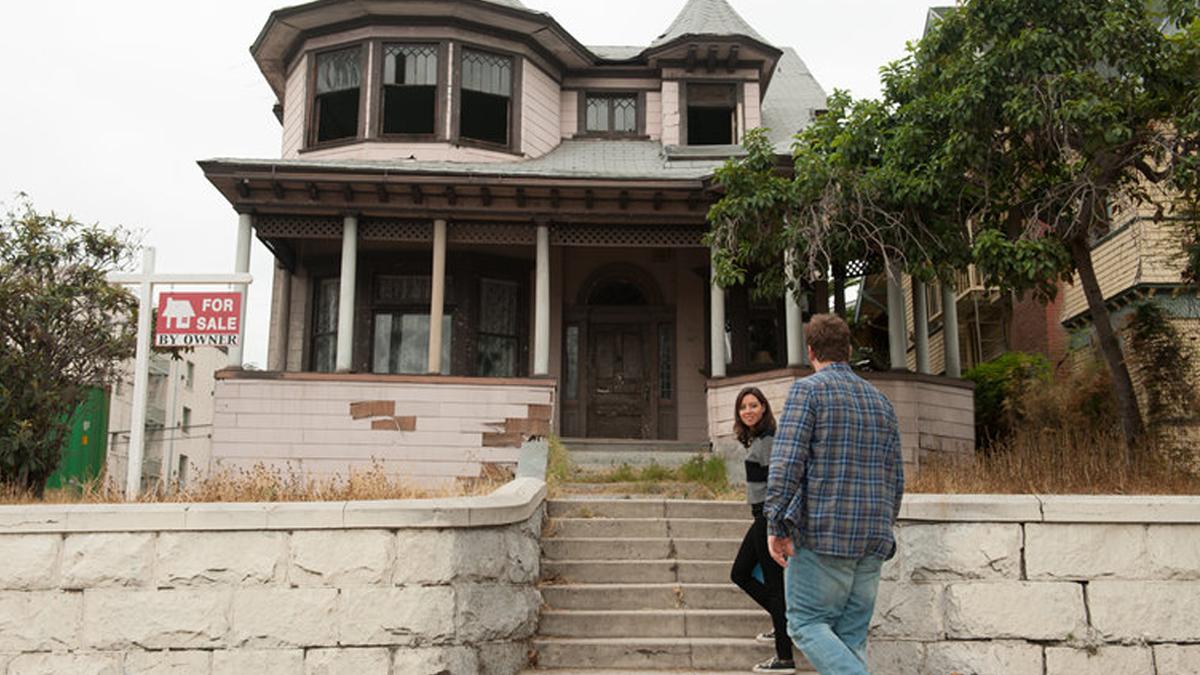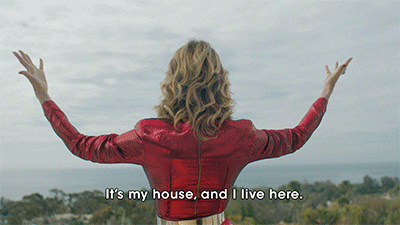
It can be difficult to stay optimistic as a budding first home buyer in an Australian capital city. Sometimes it can seem like the only viable option to get your foot in the door is by packing up and potentially moving far away from friends and family. That is, unless the good ol’ Bank Of Mum And Dad step in, which is not realistic for most of us.
While there’s nothing wrong with a sea change, things like work, family, friends and proximity to the newest hype bar/cafe mean a helluva lot when it comes to choosing where you live.
According to a recent study conducted by Westpac, more than one in four young Aussies believe buying a home would best describe their financial goal for 2021. Considering homeownership is so salient in our minds, we’ve compiled a list of ways that could help get you started in the property market without throwing away your dreams of city living altogether.
Consider ‘rentvesting’
Basically, rentvesting means renting a property to live in that’s right for your lifestyle – for most young people, this means renting in a suburb or area they probably couldn’t afford to buy a property in. They do this while buying and owning a budget-friendly investment property in a less desirable location.
‘Rentvesting’ has become hugely popular amongst young people in recent years. According to Westpac, 70% of young Aussies are either interested in or already rentvesting as a means to support their ideal lifestyle.
There are heaps of pros to rentvesting. As a Sydney-sider, as much as I’d love to own a home tucked away on a whimsical tree-lined Paddington street one day, I’m well-aware that may be slightly out of reach financially. Setting your sights on owning in a more affordable area while renting on the street of your dreams is, however, a lot more realistic.
For most rentvestors, the property they buy is rented out to cover a portion or all of their homeownership costs. If you’re making a decent profit on your rentvested property, you could also put that money towards paying off your home loan sooner or your own home rental costs. You may be able to claim some investment property expenses as tax deductions.
It’s worth checking out Westpac’s Property Market Research tool to gain an understanding of the estimated home value, trends and demographics across suburbs around Australia so you can make an informed decision before buying a property. If your investment property does increase in value, you could sell it at a profit down the road, and in the interim, you want to make sure you are able to get that rental return consistently, so it is a sustainable investment. Researching is key to ensure you’re making the most out of your purchase.
Buying off the plan
Buying off the plan may not be an option for everyone, but it’s a good tip to keep on your radar.
It refers to committing to buying a property that hasn’t been built yet. It can be an affordable option for first home buyers because in some cases you may not start paying your mortgage back until you move in. You’ll also have more time to save, as you’ll only need to place a deposit on the future property and the balance isn’t due until the construction is complete.
Another benefit to buying off the plan is that you lock in your price. If the property market grows in value (and your property grows in value in turn), you won’t have to pay anything further. However, it’s worth noting that this can work both ways – if the property market falls, you could end up paying more than your property’s actual value.

Buy an apartment
The dream to buy a house with a huge backyard, balcony and pool is probably not going to be realistic for first home-buyers in many major cities. I’m not trying to be cynical. I’m just being realistic here, people.
However, if you’re looking to buy within a major city, buying an apartment could be a great way to get your foot in the door. Australia’s major cities are apartment-dense with close proximity to a variety of services and amenities that make them way more attractive than bigger blocks of land 50 minutes away from the CBD.
Apartments are, generally speaking, cheaper than the average house, although this does depend on factors like size, location, and the age of the building. For example, the median house price in Parramatta (located around 24km from the Sydney CBD) is approximately $1.2 million, whereas the median unit price is just over $600,000. It’s similar to Footscray in Victoria (6km west of Melbourne’s CBD) — the average house price is $877,000, while the average apartment price is $470,000. That being said, you will need to factor in additional costs, such as strata fees to your overall budget.
Suss out your options, do the math and you could be surprised at the opportunity.
Renovate a fixer-upper
Buying an older property that requires a little more work to get it livable might be a cheap alternative to buying a home that’s already primed to live in. The downside to this is that renos are notoriously time-consuming and challenging — and if you’re not careful, budgets can blow out. However, if you’ve done some calculations and are up to the challenge, it could be a viable option and could mean a greater profit if you come to selling down the track.
You can find out about how much you might be able to borrow, and the costs involved with a renovation here.
It can be easy to get overwhelmed with the prospect of saving for a first home. However, if you do a bit of research and suss out your options (like the ones above), it’s apparent there are various ways to get started. If you’re one of the 46% of young Aussies who want to own a home in the next five years, check out this affordability calculator, which will help you estimate how much you could afford to borrow based on your income and lifestyle.
While saving does require some sacrifice, using tools like this will ensure you’re able to indulge in life’s pleasures every so often while working towards the goal of securing a healthy financial future.
Conditions, credit criteria, fees and charges apply. Credit provided by Westpac Banking Corporation ABN 33 007 457 141 AFSL and Australian credit licence 233714.







